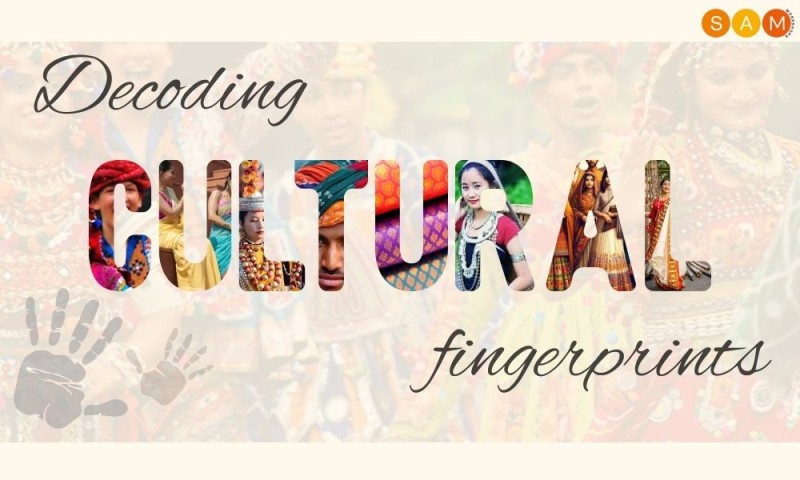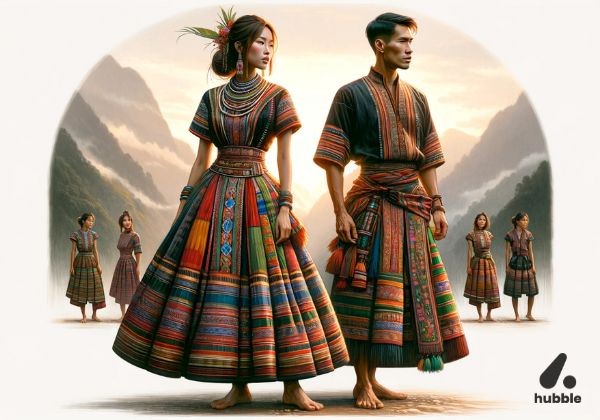Imagine you are getting Isekai’d to another world only to emerge in a mesmerizing expanse of sunflowers. Sounds exciting, doesn't it? But wait as you explore this alien world you observe sunflowers being an exclusive choice for decoration everywhere, and every household having only a Pug as a pet.
Adding to the bizarre, every man and woman is in blue denim, feasting on the same cuisine everyday, driving the same hatchback model, living in a similar blue-colored bungalow with the 90’s mosaic flooring…
It would surely be a horrible simulation-like world for a species that wants variety even in bathing buckets. It’s no wonder why monotonicity gets despised whereas diversity is celebrated. While cultural diversity is seen as a spontaneous occurrence globally, let us decode the factors that foster it and make it a unique heritage fingerprint.
Being fortunate enough to be born in the land of a thousand cultures where every 50 km the language and the culture changes, Bharat becomes the ideal research ground. This pious land has over 2000 languages and over 19500 dialects with countless incredible heritage gems to be proud of.
Whether it is the Gale and Bakhi from Arunachal Pradesh, Chaniya Choli from Gujarat, Veshti from Tamil Nadu, or Kurta-Pajama from Punjab; Saree Embroidery and Draping styles from Banarasi, Phulkari to Nauvari, Bengali, or Assamese, every Indian attire personifies elegance. How can there be so much diversity?


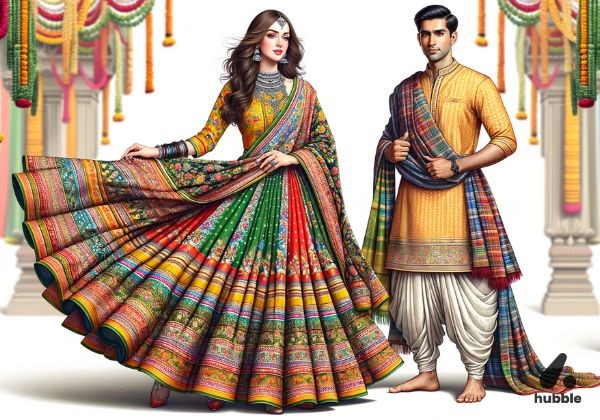
Image Source: Hubble
India’s geography is incredibly diverse if not the most in the world, with landscapes ranging from snow-capped mountains to scorching deserts, captivating coasts, mesmerizing wetlands, and plateaus. These terrains influence our lifestyle habits and needs. In hilly terrains where you are required to climb and run around the slopes, skirts would do well instead of sarees as it provides high mobility.
Wouldn’t it be cool or I should say warm if you could have a portable heater inside your clothes in the freezing climate of the Himalayas? That is what exactly Pheran has underneath. If you travel to Kashmir Valley on a chilly morning you will see people wearing a long robe that has a heating pot called Kangri inside it.

In contrast, in the humid and hot climate of the coastal areas where the heat of the sun assists you in achieving your calorie burn goal, you would want light clothing that reflects heat. So we all can guess why white is trendy in the coastal areas and deserts. In Rajasthan as a measure to maintain the temperature of the head, the culture of turbans was developed with different styles from Lehariya to Bandhej to Malyagiri worn with varying seasons.

While companies like Sony are now launching wearable ACs it is amazing to witness how geography combined with human ingenuity for thousands of years have influenced our culture, our cuisine, food offerings in rituals, and our attire constituting a major piece of our diversity puzzle.
What about the diversity that transcends these geographical factors? Some traditions and heritage identities are born either due to localized revolutions or events of historical significance or solely based on the ideology of that region.
It can be a social revolution like Ambubachi Mela that provides a platform to address taboos surrounding menstruation and promote awareness and empowerment of women. It can be a scientific revolution like the advent of Rock cutting technology in the Indian medieval era leading to architectural marvels like the largest monolithic rock structure in the world - Kailasanath Temple at Ellora notable for its vertical extraction, or Tirunelveli’s Nellaiappar Temple and Hampi's Vijaya Vittala Temple that have stone pillars, which when gently tapped produce delicate musical notes.
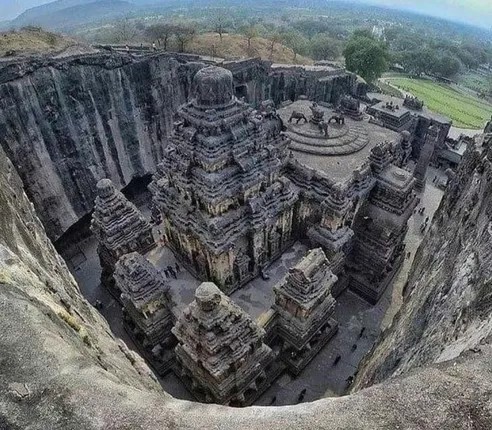
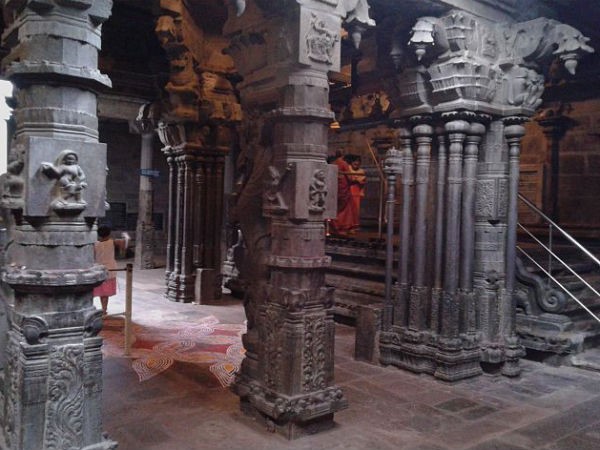
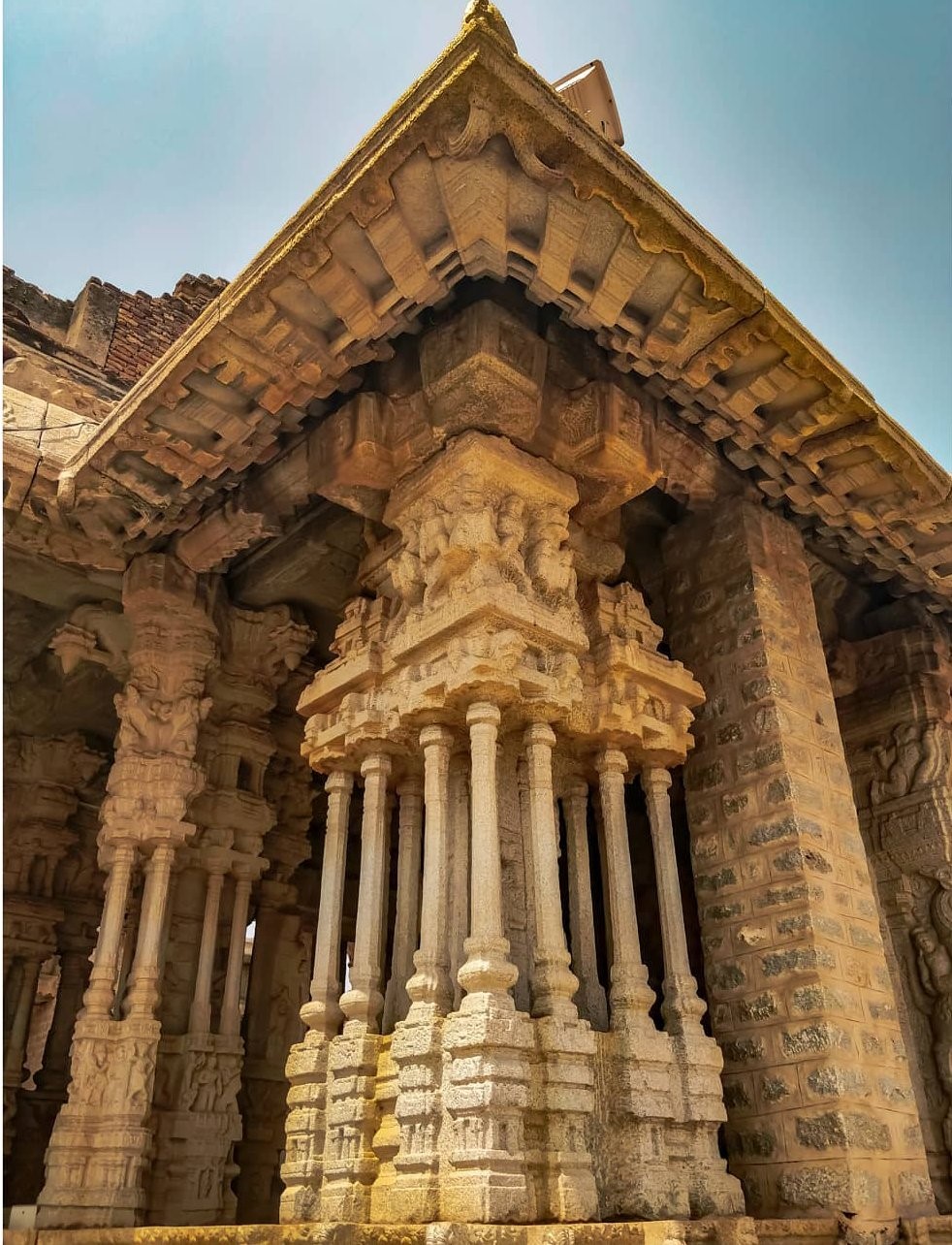
Or the prominence of Ayurvedic teachings about the ear lobes connected to the right and left hemispheres of our brain and its piercing aiding in the development of brain and sensory organs. Thus establishing the childhood ear piercing ceremonies known as Karnavedha in the North and West, Kadhani Vizha or Kaadhu Kutthal in the South, and Khuti in the Eastern parts of India.

The Hindu culture of application of Tika or Bindi was born out of spiritual revolution time and again signifying the human life’s primary goal of igniting the flame of wisdom(Self-Realization) by activating the Ajna Chakra situated behind the pineal gland.
India is a land of multiculturalism with each tradition having multiple facets, from spiritual beliefs to scientific explanations. This diversity and the willingness to inherit and pass it on to the next generations arises not only due to geo-socio factors blended with human ingenuity but also from a far deeper reason. I believe it is the need to be remembered and the awareness of the bitter truth of the world that someday we will fade into oblivion and be long forgotten.
The man can die but the idea lives on and that is why we wish to be associated with a timeless identity to give our actions meaning. It reflects in the little innovations we do in our work or our lifestyle to have a separate identity, to be unique and but something that can leave a mark on others, a baton to pass on in this relay called life.
Maybe that is why the Galo community in Arunachal Pradesh has a unique naming tradition and still follows the ancient practice of naming under which the name of the son begins with the last syllable of his father’s name, and so on. It is said that they can recall the name of their ancestors from 20 generations ago.
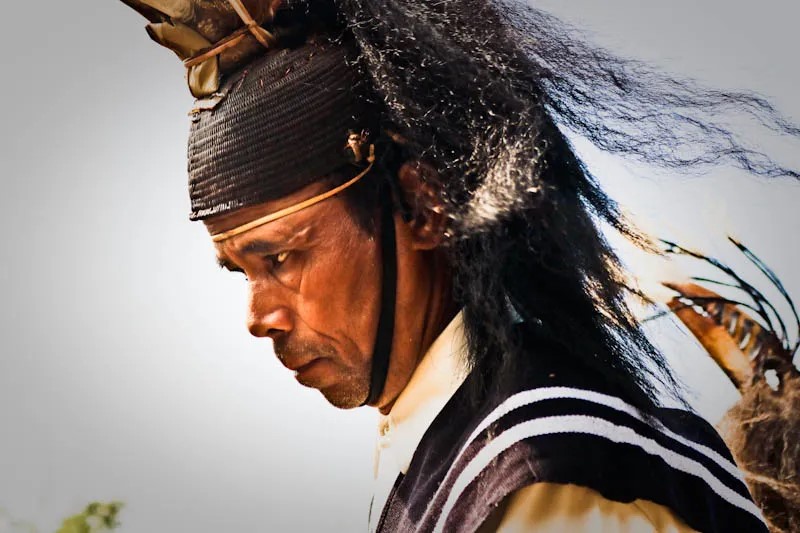
These practices not only preserve the memories of our ancestors but ensure that the next generation is bestowed with the same values and survival skills that we are endowed with. The traditional gems certainly compel us to be curious about their hidden meaning, to explore the wonders of the universe and our role in it. Hence it becomes our moral responsibility to preserve and promote our heritage so that the deeper meaning, the emotions these sole lasting footprints intend to evoke within the inheritor, do not get lost in the sands of time. Our heritage is a window to the past. It is how our forefathers wished for us to see the world and our way to direct the future and be timeless in this mortal world.

